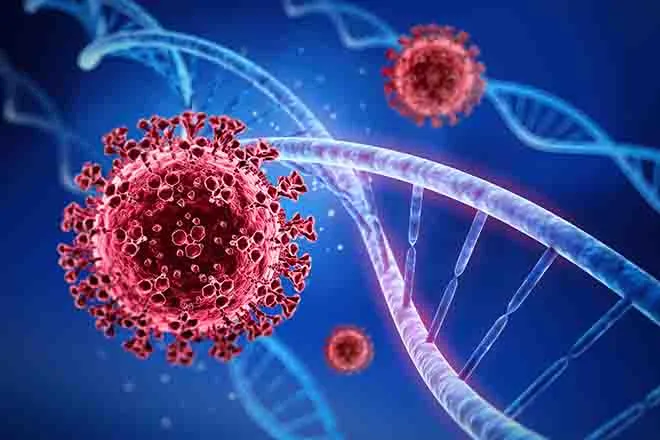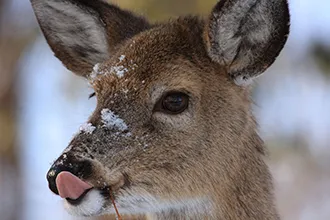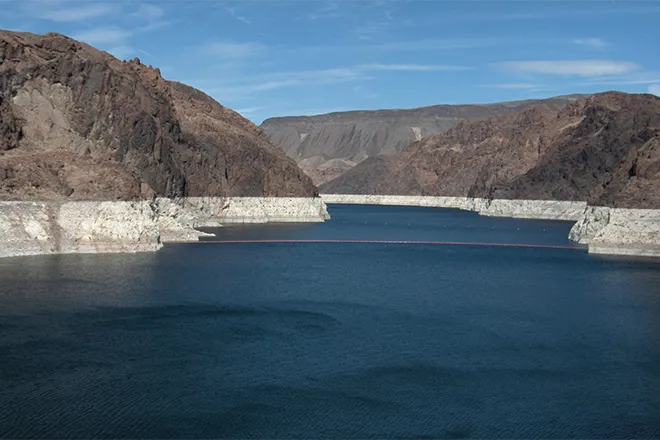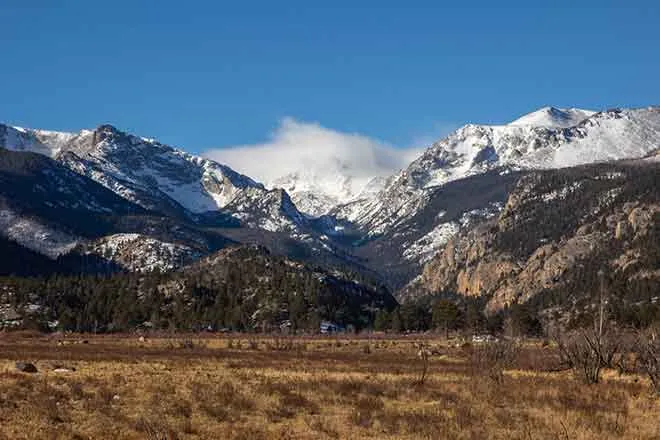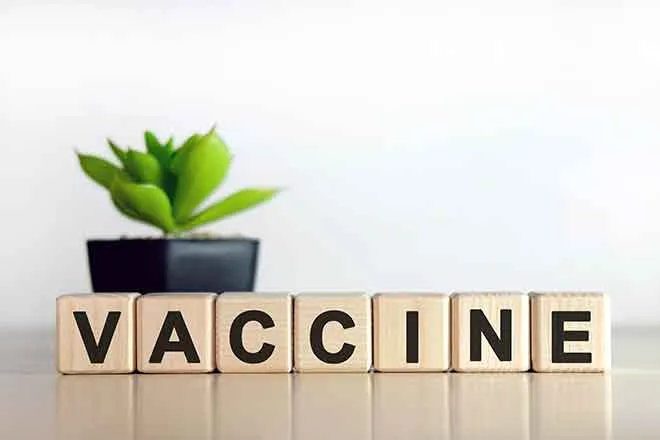
Daily Audio Newscast - November 21, 2024
Six minutes of news from around the nation.
Federal inquiry traces payments from Gaetz to women; a new Florida-Puerto Rico partnership poised to transform higher-ed landscape; Montana joins Tribes to target Canadian mining pollution; Heart health plummets in rural South Dakota and nationwide; Colorado working families would pay more under Trump tax proposals.
Transcript
The Public News Service DOI Newscast, November the 21st, 2024.
I'm Mike Clifford.
Federal investigators have established a trail of payments for Matt Gaetz, Trump's choice to be attorney general, to women, including some who testified that Gaetz hired them for sex.
That's according to a document obtained by the New York Times.
They report the document, assembled by investigators during a three-year sex trafficking probe into Gaetz, is a chart that shows a web of thousands of dollars in Venmo payments between Gaetz, a group of his friends, associates, and women who had drug-fueled sex parties between 2017 and 2020.
Next, in an unprecedented collaboration, the Independent Colleges and Universities of Florida have partnered with the Association of Private Colleges and Universities of Puerto Rico to create new educational opportunities and tackle critical workforce shortages in both places.
This groundbreaking agreement is believed to be the first of its kind between non-profit educational associations in the country to help foster student success, innovation, and community development.
Carmen Cividanes-Lago with the Association in Puerto Rico says for students, the partnership means the chance to dive into fields such as nursing, teaching, and research, addressing real-world needs in their communities while gaining the experience of studying in a different culture.
Academic offerings and research and publications and students being able to get involved in publications in Puerto Rico and Florida at the same time in one go, you know, the sky's the limit.
It's fantastic what we can achieve with this sort of agreement.
Now students can earn degrees that might otherwise be out of reach and access specialized programs such as double degrees in health sciences or teaching.
The goal is to help propel the opportunity to solve workforce needs in both regions.
I'm Tramiel Gomes.
Meantime, Montana has joined a coalition of indigenous groups working to address Canadian coal mining pollution in state rivers.
The International Joint Commission, formed in 1909, works to settle boundary water differences between the U.S. and Canada.
It has formed a governance body to take on this issue.
The Salish and Kootenai tribes' Tom McDonald, based on western Montana's Flathead Reservation, says Canadian coal mines have been polluting the Kootenai for more than a century.
To the point where the fisheries in Montana, as the water drains into Montana from Canada, it's caused fish to be deformed, or native fish like bull trout.
McDonald says after years of stalled talks with Canada, the binational governance body will establish a cleanup plan for the 18,000 square mile watershed over the next two years.
One of the group's members is from Montana.
I'm Mark Moran.
This is Public News Service.
President-elect Trump and Republicans in Congress have promised to pass a new tax bill.
A new report breaks down the expected winners and losers.
Joe Hughes with the Nonpartisan Institute on Taxation and Economic Policy says based on Trump's campaign proposals, the top 1 percent—those making more than $900,000 a year— will see their tax bill go down by more than $36,000 on average.
The top 5 percent of households make more than $360,000 a year.
They will likely see their taxes go down.
For the other 95 percent of Americans, they will likely see their taxes go up.
Hughes says Americans earning between $55,000 and $94,000 a year would have to pay out over $1,500 more in income taxes.
The combined increases would further shift the tax burden to pay for bridges, schools, health care, and highways from corporations and higher-income individuals to low- and middle-income families.
Trump has claimed, without evidence, that increasing tariffs on foreign goods would cover revenues lost due to tax cuts.
I'm Eric Galatas.
And the Indiana Chamber of Commerce outlined six key priorities for lawmakers ahead of the legislative session that comes up in January.
Rather than releasing detailed policy positions, the chamber emphasized broad focus areas, including workforce, education, economic growth, infrastructure, quality of place, and community health.
Democratic House Minority Leader Phil Giaquinta of Fort Wayne responded to the chamber's priorities, highlighting the need to address child care as a factor in economic development.
When we talk about economic development, what things that impact economic development here in the state, child care is really one of those.
The organization stressed the critical role of affordable child care in workforce development.
I'm Joe Ulari, Public News Service.
Find our trust indicators at publicnewsservice.org.
Finally, it's National Rural Health Day.
Experts are flagging research that shows increasing health disparities between urban and rural places, including in states like South Dakota.
A new advisory from the American Heart Association shows between 2010 and 2022, cardiovascular death rates increased a whopping 21 percent among young adults in rural areas, especially after the onset of COVID-19.
But in urban areas, that rate increased only 3 percent.
Karen Joint-Maddox chairs the association's presidential advisory and says the change is due to a mixed bag of increased risk factors in rural areas.
And if you put that on top of a real problem with health care infrastructure and access in rural areas, you sort of have a perfect storm for worsening cardiovascular health.
Joint-Maddox says traditional risk factors include high blood pressure, diabetes, and obesity, which have been increasing in rural areas over the last few decades.
I'm Kathleen Shannon.
This is Mike Clifford for Public News Service.
We are a member and listener supported.
Hear us on interesting radio stations, your favorite podcast platform.
Find our content and our test indicators at publicnewsservice.org.


